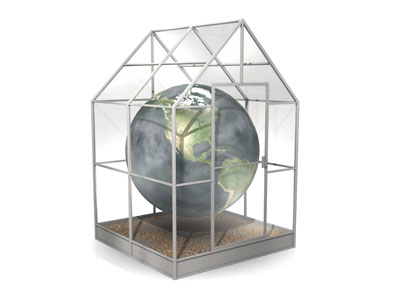
What is the Greenhouse Effect?
Hands-on Activities
Explore the greenhouse effect and learn about the impacts it can have on the environment.
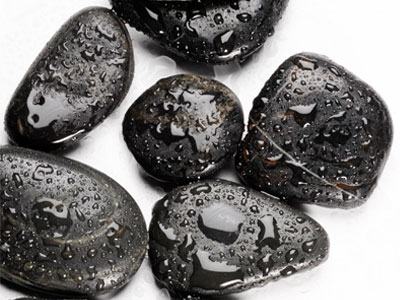
What are the effects of acid rain on rocks?
Hands-on Activities
Learn about the chemical reaction that happens between acid rain and limestone.

Understanding the Nitrogen Cycle
STEM Explained
What is the nitrogen cycle? How do human activities such as using fertilizer affect the nitrogen cycle? How can this cause greenhouse gases?
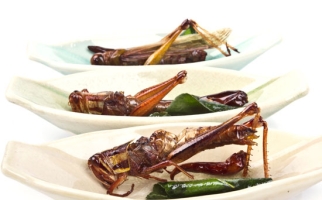
Should We Eat Bugs?
STEM Explained
What's tasty, abundant and high in protein and vitamins? Bugs! Bugs feed about 2 billion people each day. They also hold promise for food security and sustainability.
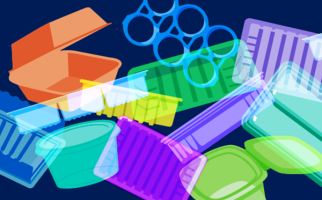
Polystyrene: The Pros, the Cons, the Chemistry
STEM Explained
Learn the organic chemistry behind this very useful plastic. Why is recycling polystyrene hard? Why does polystyrene often end up as solid waste?

Is There Too Much Carbon Dioxide in Your Classroom?
STEM Explained
Did you know that too much carbon dioxide in the classroom can affect your body, and even your grades?
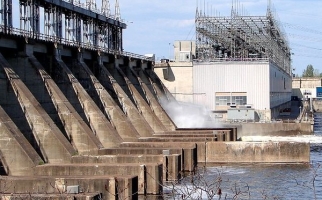
Generating Electricity: Hydroelectric Power
STEM Explained
Learn how moving water can be used to generate electricity. This is called hydroelectric power generation.
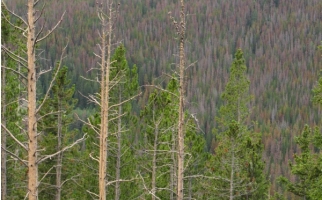
How Do Introduced Species Affect Ecosystems and the Economy?
STEM Explained
When a species ends up outside of its natural zone, the consequences on other species, ecosystems and human industries can be severe. Climate change and human activities can introduce species into new zones.
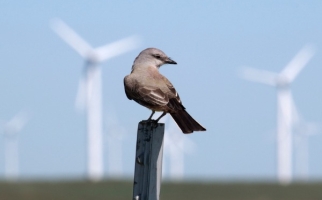
How do Wind Farms Affect Birds and Bats?
STEM Explained
Wind energy generates a lot of electricity in Canada. But wind turbines can be dangerous for wildlife.
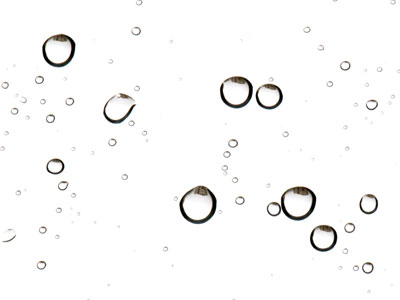
How does rain become acidic?
Hands-on Activities
Learn how to make a pH indicator and test water samples.
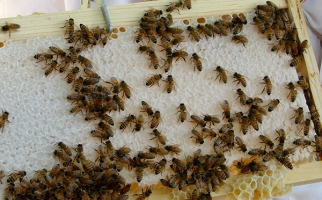
How are the World's Bee Populations Doing?
STEM Explained
Bees are important for agriculture. But bee populations face threats. This resource looks at Colony Collapse Disorder, herbicides & pesticides, and more.

How Can Birds Help Monitor the Health of Ecosystems?
STEM Explained
Scientists can observe birds to get useful information about the health of, and changes in, an ecosystem.
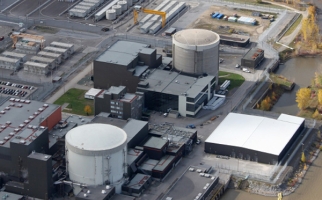
Cleaning Up Nuclear Waste After Decommissioning
STEM Explained
When a nuclear reactor is no longer in use, the radioactivity in its materials remains. That’s why it’s important to safely deal with the radioactive waste those plants leave behind.
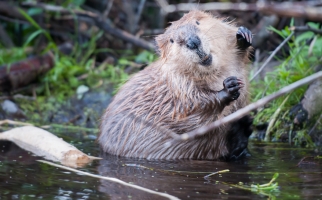
Canadian Invaders!
STEM Explained
Beavers are a Canadian symbol. But in South America, they’re considered an invasive species.
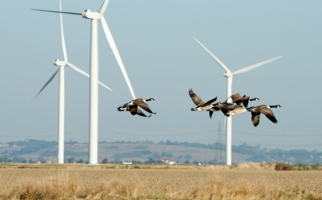
Are wind farms a threat to wildlife?
STEM Explained
Wind power is a growing source of electricity generation. But wind projects often affect local wildlife populations, and researchers are using environmental monitoring techniques to alleviate some of these impacts.